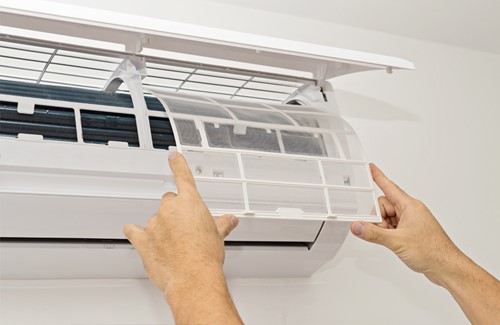If you want to know how to repair your air conditioning system on your own, there are several things you can do to make it work again. Some of these include troubleshooting a leaky AC unit, cleaning evaporator coils, and changing a dead battery. However, if you have no knowledge of electrical wiring, it is best to call a professional.
Fixing a tripped switch
Tripped switches in AC units can stop the air conditioner from cooling the home. If you notice that your air conditioning has stopped cooling properly, the first thing to do is reset the circuit breaker by pushing the switch back into the off position. Once the switch is reset, turn the air conditioner back on to restore it to its original functioning. However, if the problem occurs repeatedly, you may need to call a professional for air conditioning repair.
There are many reasons why your AC is tripping. Typically, the breaker will trip if your unit is using more amps than it was designed to handle. Constant tripping can cause damage to equipment and even fires. So, call a professional if you’re experiencing frequent trips.
Troubleshooting a refrigerant leak
Refrigerant is a chemical used in air conditioning systems to cool your home. However, there are many signs that your unit may be leaking. One of them is hissing noise coming from your air vents. This indicates that a leak has occurred and requires repair.
The age of your air conditioner can also cause refrigerant leaks. If your AC system is more than ten years old, it is possible that the coils have cracked or developed small holes. In addition, vibrations can cause the joints to separate. Corrosion from pollutants can also damage the coils.
Cleaning an evaporator coil
Cleaning an evaporator coil is one of the most common air conditioning maintenance tasks. It can help your air conditioner work more efficiently and prevent costly repairs. It is important to clean the coil regularly, because dirt and debris can cause moisture to condense on it, which can eventually freeze. You can tell if it needs cleaning by noticing dripping water. If you notice ice forming on the coil, remove it manually, but be careful not to damage it by breaking it off.
You can use a wire brush or a soft coil brush. These are perfect for removing large bits of dirt from the coils, but they do not have the stiffness that a wire brush has. You should guide the bristles of the brush parallel to the coil fins. While cleaning, do not scrub too hard. The bristles of the brush may damage the fins of the coils.
Changing a dead battery
One of the most common AC repair jobs is changing a dead battery in the thermostat. While it may seem like a complicated task, it’s really quite easy to do. You can easily access the batteries by removing the front panel. A dead battery will prevent the thermostat from sending a startup command to the AC unit.
A dead battery can also cause your thermostat to act strangely. For example, you may notice that the screen is blank or that the heating system stops working altogether. To fix the issue, you can use a small flat end screwdriver to pry out the dead battery.
Checking for moisture in your ducts
Moisture in your HVAC system can be an indication of an underlying problem. High indoor humidity is dangerous to human health and can lead to mold growth and other structural problems. It can also rot your drywall and wood. As a result, checking for moisture in your HVAC system ducts is an important step in the air conditioning repair process.
While advanced HVAC systems are capable of removing excess moisture, improper installation, or malfunctioning systems can still cause condensation. The best course of action is to have your ductwork inspected by a certified professional. In addition to checking for mold, make sure that your ductwork is properly insulated. Wrapping metal ductwork in fiberglass insulation will help minimize moisture. Also, make sure your attic is well-insulated, and that any cracks or holes are sealed.









































